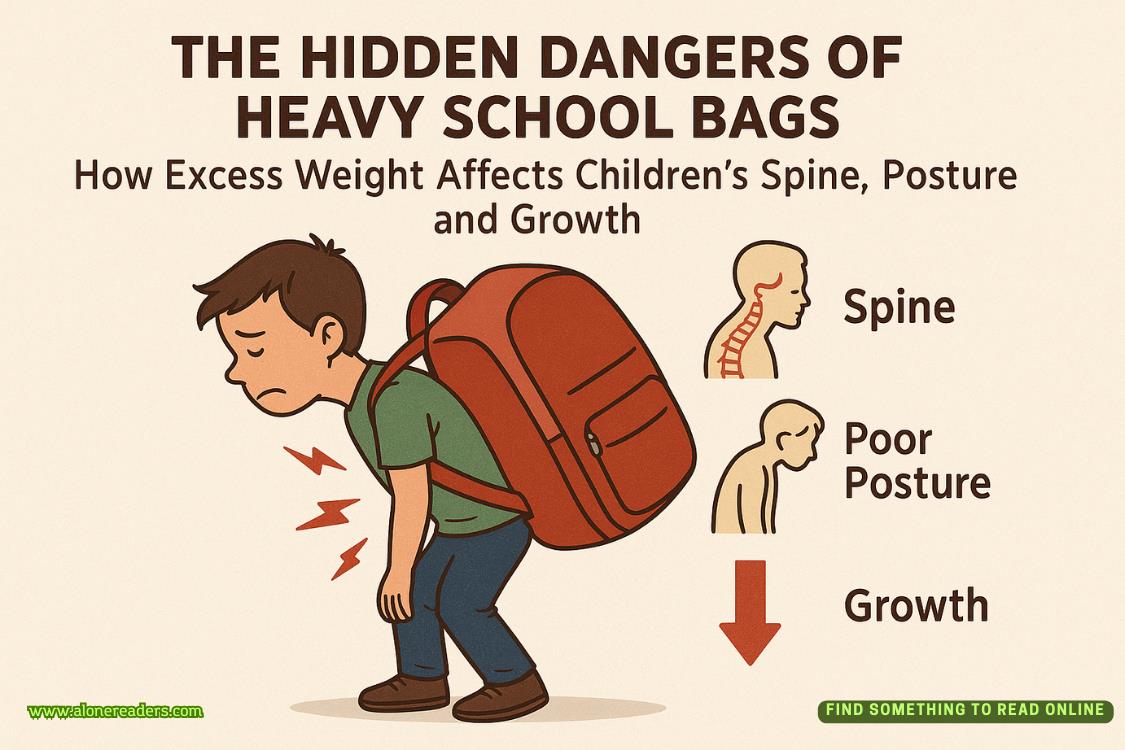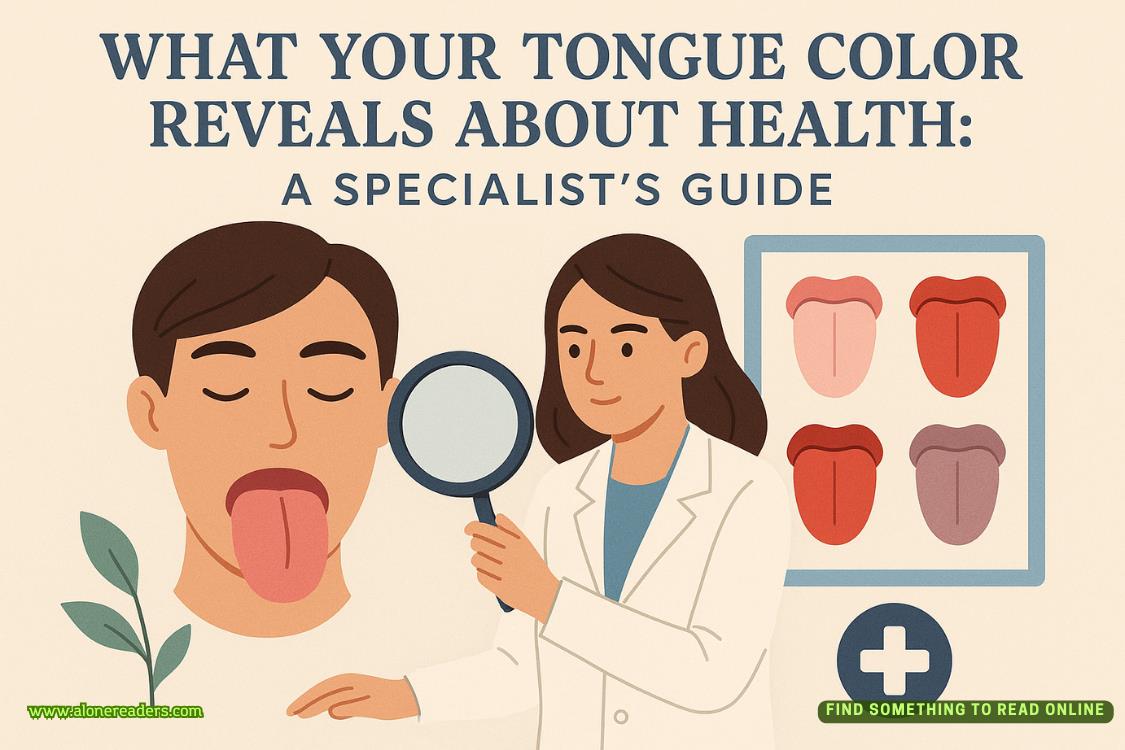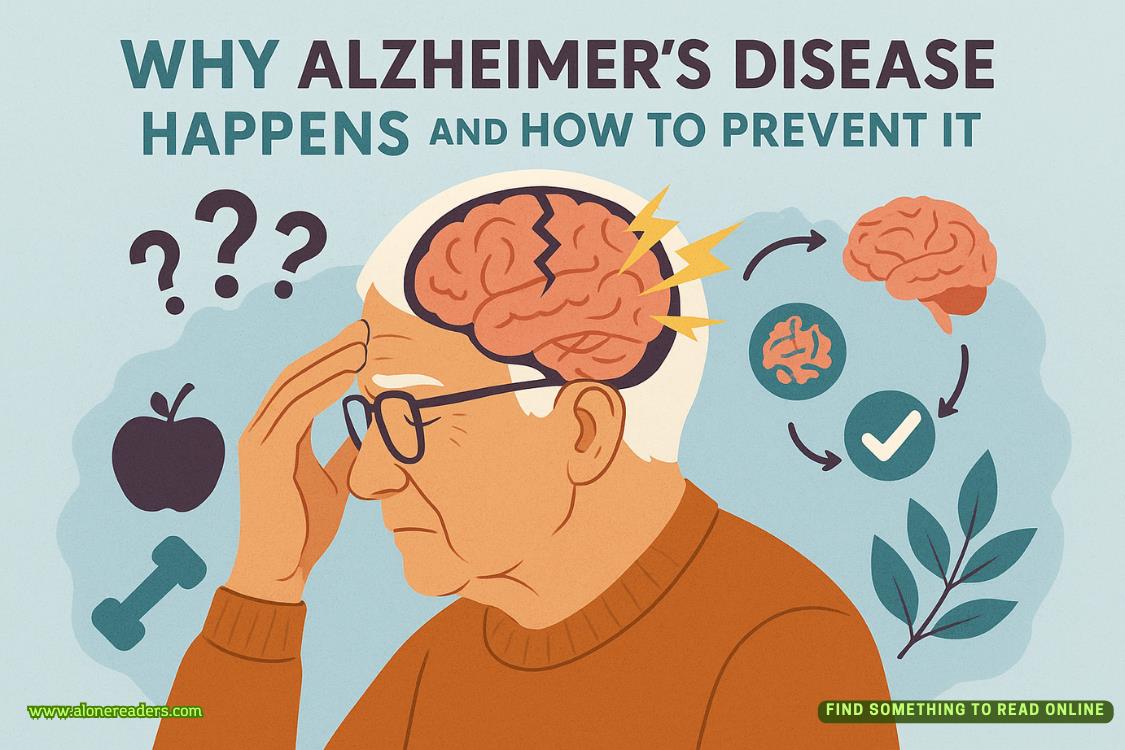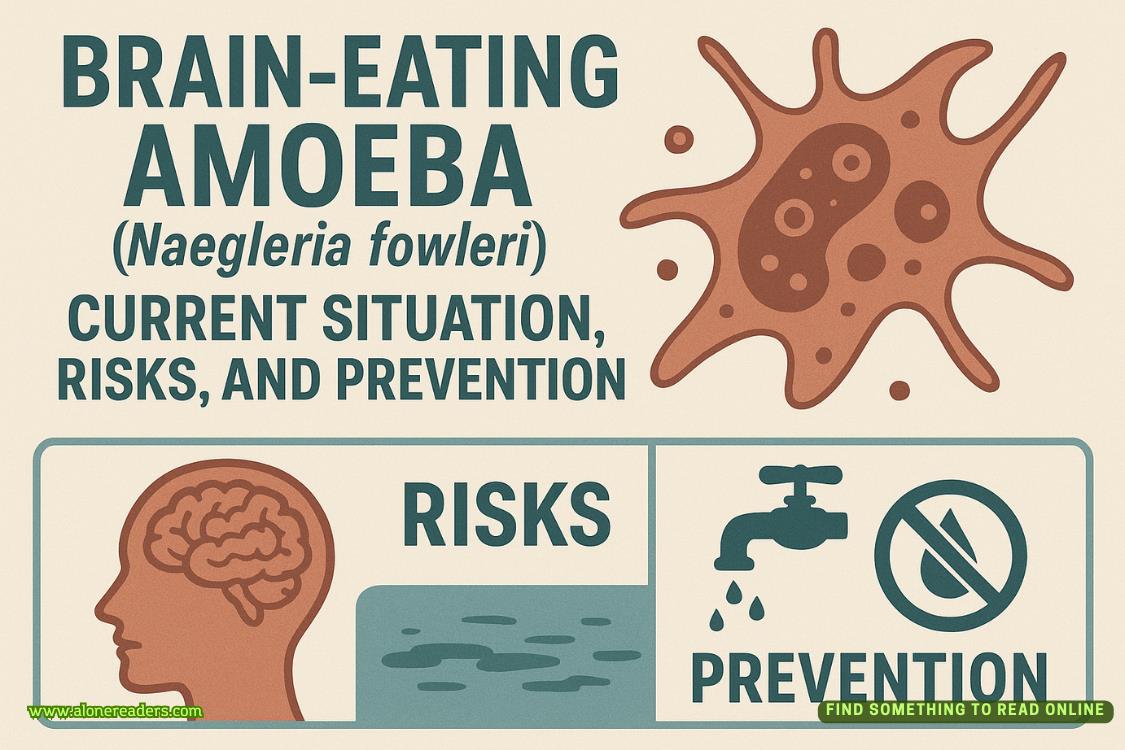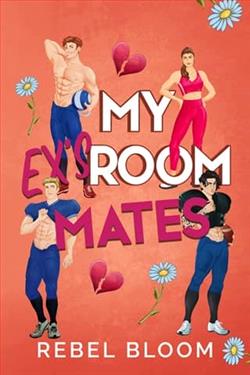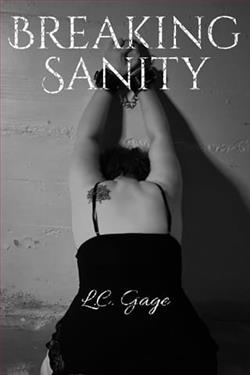Page 49 of Cold as Hell
“Shit,” I say. “I didn’t see that.”
“Neither did I until a moment ago,” Anders says. “I suspect something about the lighting—or maybe the body warming up—made it show up.”
It really is faint. Only a thin line along the underside. It could be nothing more than the cuff of Lynn’s glove chafing the skin, but I quickly move to her other wrist. While I don’t see anything on the underside, when I lift it and use a light, I can make out an abrasion along the bony part where something rubbed enough to scrape the skin.
I hurry to her ankle.
Anders is already there with another light. “I don’t see anything. Take a look.”
I do, with both the light and a magnifying glass. Lynn had shaved her legs recently, and there’s a small cut, but it’s scabbed over.
I check her other ankle and find another faint abrasion.
“Three out of four,” I say. “That’s not tight winter clothing.”
“Signs she was bound?” Dalton says. “With something soft?”
I don’t answer. I keep shining the light. When I pull a fiber from the ankle abrasion, I lift the tweezers.
“Of course, I can’t be sure this came from a binding,” I say. “Since I made the decision to wrap her in a damn sheet.”
Dalton takes tweezers and moves to April’s microscope. After a moment, he says, “It’s pale. The sheet is dark.”
All of our sheets are dark, which helps when you have a black dog and you can’t wash them more than once a week. Out of sight, out of mind.
We check the other abrasions. No fibers at her left wrist, but we pull two from the right, and one is also light.
“But the Wischnewski spots mean hypothermia, right?” Anders says.
April taps her probe as she thinks. “They can also indicate chronic alcoholism, I believe. Lynn showed no signs of that—it would have been on her intake forms. I will check her liver as well. While I cannot say, with certainty, that you wouldn’t find Wischnewski spots in any other situation, they are considered a classic sign of hypothermia.”
“And since she was found outdoors in a storm, naked, hypothermia makes sense,” I say.
“Yes. However, in light of this new evidence, I would suggest a complete autopsy.”
I nod. “Do that, please, along with a tox screen. I’m going to sit in the other room. I need to think about this.”
Dalton glances over. “Think alone? Or would you like a sounding board?”
I manage a faint smile. “I would love a sounding board. Thank you.”
CHAPTER SIXTEEN
I ask April to check one more thing before she begins the autopsy. Then I wait for her answer before Dalton and I head into April’s office. I sit there, thinking, for at least fifteen minutes. Then I turn to Dalton, and even then, I only say, “I don’t understand.”
He nods, saying nothing, just waiting for me to continue.
“I’m afraid to speculate,” I say. “The obvious answer is that the abrasions and the hypothermia are connected. Whoever tried to take Kendra succeeded with Lynn. He could have drugged her, but he wouldn’t even need to. There’s a storm, and he offers to help her get home, and instead he leads her into the forest, and by the time she realizes it, she’s too far away for anyone to hear her scream. The storm would have made that easy. He binds her and rapes her and then lets her go, but she dies before she can make it back.”
Dalton grunts. He knows there’s more coming, after what I just asked April to check.
“But that’s not what happened, is it?” I say. “There are no signs of forced penetration. No signs of semen. Consensual sexwouldn’t show, but is anyone going to do that outside during a blizzard?”
I pick up one of April’s pens. “I can’t say that wouldneverhappen. Or that it’s impossible for rape to occur without physical evidence. But what am I saying then? That Lynn had consensual sex in a blizzard, with temperatures below freezing, while totally naked, and then got separated from her partner and died of hypothermia? Or that she was assaulted but shows no signs of trauma and just lay down afterward and froze to death?”
“Could the wrist abrasions still be connected to sex, but not to whatever happened out there?”
I consider that. “They could come from light bondage. Very light, with soft materials. That could have happened earlier in the day, unconnected to her death.”




